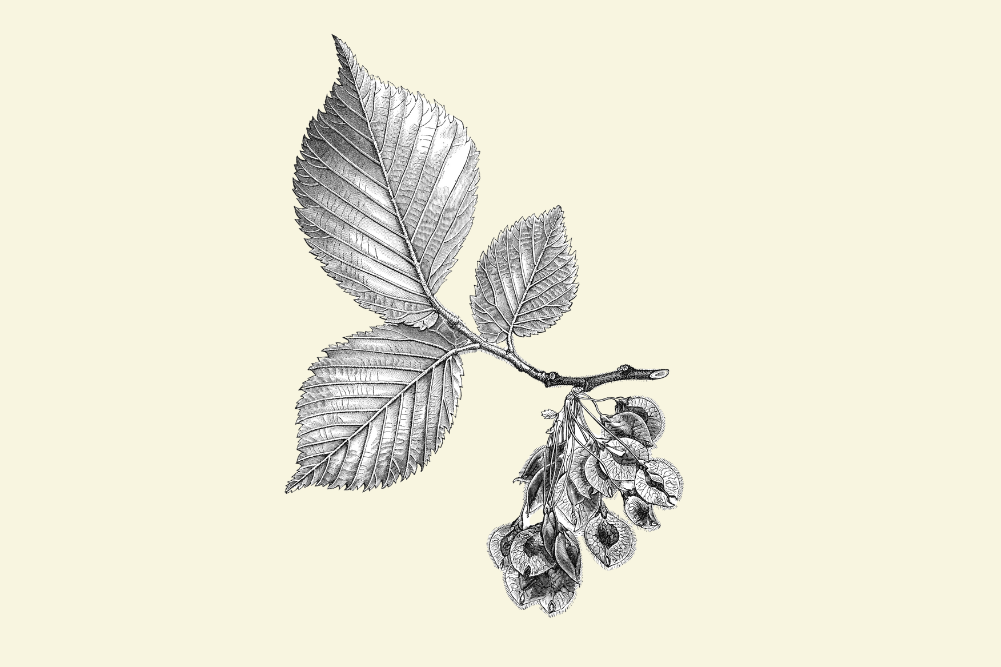How coralberry plant can be used to treat asthma
Coralberry are beautiful decorative plants that bloom bright red fruit in winter making it a popular seasonal plant which originated in East Asia but has spread to the US and Australia.
Besides looking pretty and decorating our homes, this plant has the potential to benefit asthma sufferers.
Scientists from the University of Bonn have been examining the use of a substance extracted from this plant to treat asthma and while the results show promise in animal studies, the results have yet to be replicated in humans.
Asthma is a chronic disease and affects 1 in 9 Australians. There is no known cure for this respiratory disease but it is manageable with consistent treatment that helps control asthma symptoms over the short term and the long term.
Coralberry leaves contain a substance called FR900359, which is known to interact with Gq proteins – a type of protein involved in cell signalling.
The protein plays an important role in determining how lung muscles contract and FR900359 inhibits and modulates the cellular signalling pathways which can effectively prevent spasmodic contraction of the lung muscles which is typical of asthma.
FR900359 inhibits the production of Gq protein which prevents and relieves muscular spasms.
The researchers also found that the extraction from coralberry has a smoothening effect on these symptoms much more than salbutamol – a commonly used asthma drug.
The researchers tested the effect of FR900359 on mice with asthma and found that they were able to prevent mice from reacting to allergens such as house dust mite.
The mice did not develop any side effects as the substance was administered as an inhalable compound. This means that very little was directly absorbed in the blood stream.
While this study shows promising results for asthma patients, so far it has only been successful on mice and clinical trial on humans is a long and lengthy process away.
But still there is hope that in the distant future coralberry extract will be used to treat asthma more effectively.
Source: Science Translational Medicine








